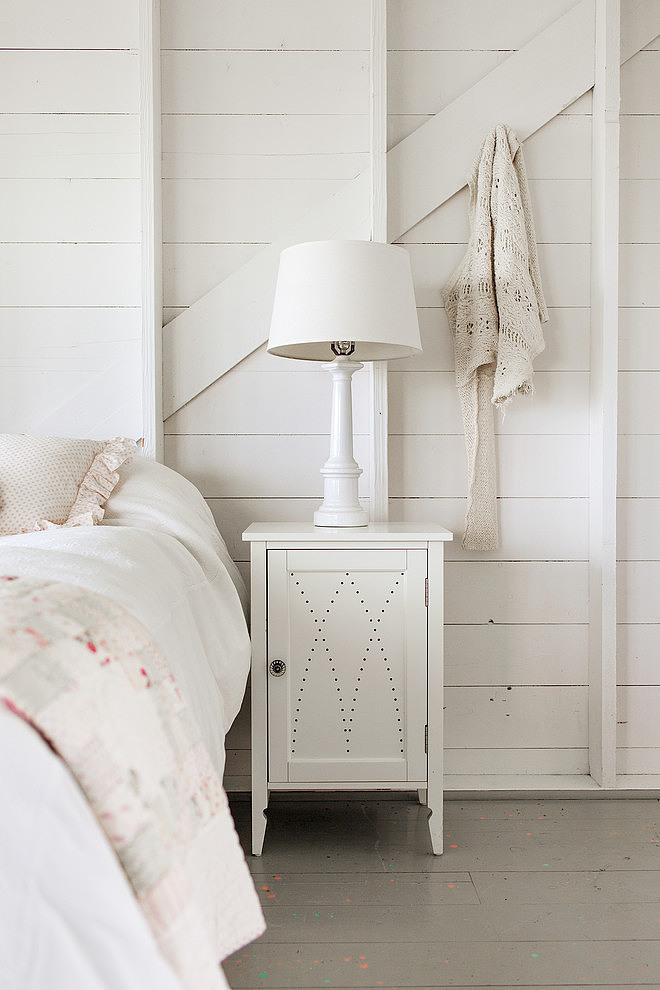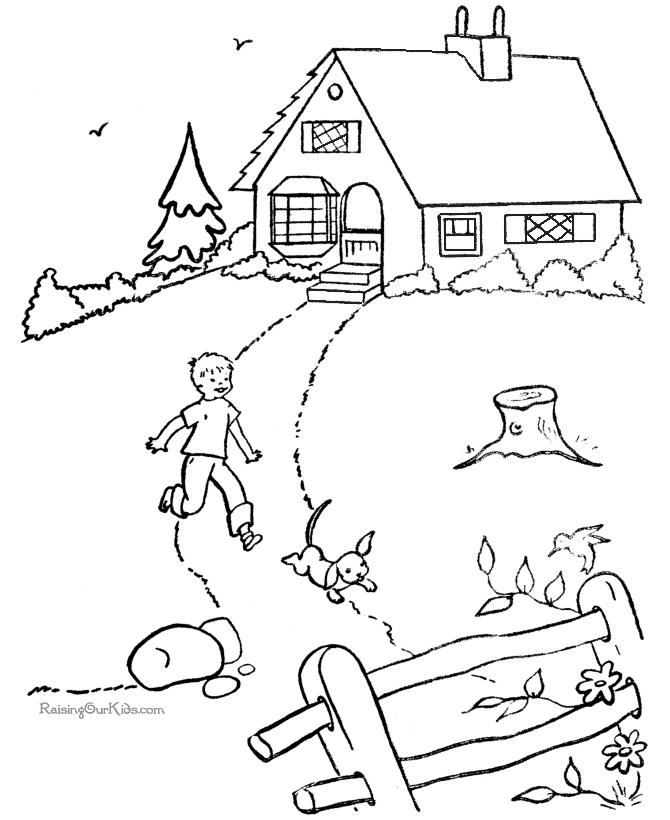Table Of Content

At Romerovski Corp, he’s allowed to park in the same parking lot as the owners and the other Jewish office workers; his mother is still thrilled he works somewhere where he gets off early on Fridays, the Sabbath. As Kent explains it, most Rag houses are only willing to work with you if you pay up front — somewhere in the several thousands of dollars to start. That means when you go in you’re taking several hundred pounds out at a time, too. But to do so requires a lot of skilled labor rummaging through the piles. If you’re able to link up with someone who already has an account and offer your services, it may be one way to get your foot in the door.
How to Source Vintage Clothing from Raghouses
Upon receipt, a store credit code will be issued where you are free to use as you wish in the store. In the Torah, there’s a decree against garments mixing wool and linen—shatnez, in Hebrew—and likewise, the rag yard has a logic of sameness and difference to its operations. The Haitian workers in one department, the Hispanic workers in another. There’s a parking lot for the factory workers and another for the office staff. Zweig, however, is an exception with liminal status, capable of code-switching and moving freely through the factory’s various factions.
Sourcing Vintage Clothing from Raghouses
The Secret Life of Second-Hand Clothing - Chatelaine - Chatelaine
The Secret Life of Second-Hand Clothing - Chatelaine.
Posted: Wed, 31 Mar 2021 07:00:00 GMT [source]
Not only that, but they have the most incredible team that responds to my email quicker than any company I know. They truly care about their customers and ensuring quick and seamless orders. I recommend becoming a vip member because youll get early access to new clothes but you are also a part of the raghouse family.
LA VINTAGE WHOLESALE

Only 5% of clothing we donate to a certain center makes it through their processing, the rest gets hauled off to a rag house (meaning there are many gems that we don't find at our local thrift store). A rag house is the last stop of the clothing donation train before our piles of garments get shipped overseas to developing countries or turned into rags. Rag houses are essential to managing waste and leaving garments that still have a life - out of landfills. Zweig runs the vintage department at Romerovski Corp, one of these processing facilities, called rag yards or rag houses.
Our stores are a destination for those seeking a tight collection of vintage, independent artists, and one-of-a-kind finds. Here, you'll find vintage pieces that have been carefully hand-selected and curated, as well as emerging brands and designers whose values and aesthetic merge seamlessly with ours. We want you to be happy with your purchase and therefore do returns on a case by case basis or if an item has been grossly misrepresented. If you are not happy with your purchase or if an item has been grossly misrepresented, please contact us within 48 hours after receiving your product and we will happily work with you.
If you do not know your own measurements, we highly recommend to have a friend measure you and keep them on hand when shopping any vintage items online. And while the fact that big retailers getting into vintage can potentially popularize more sustainable shopping practices on a large scale, changes to the vintage industry don’t always bode well for independent sellers. Understanding how the industry works and what type of buyer you are is important if you plan to make any money in the used clothing industry. It will also help you learn how to source for your limited or growing market. Honestly, the Internet has changed all aspects of life in just a few short decades and vintage or secondhand clothing has never been immune.
By far, the most common labels here that I see are Forever 21 and H&M, fated for the cheap pile. Even so, quality and original ticket price aren’t the only criteria Zweig uses to judge an item’s resale value. Take a walk through our 42,000-square-foot warehouse, and you'll soon realize the magic of pre-loved fashion and second-hand clothing. Located in the bustling City of Angels, LA Vintage has everything retailers, designers, and stylists need when it comes to sourcing bulk vintage clothing. If you’re just starting out, it’s best to start with the public areas that are easy to find and navigate — your local thrift stores around town.
“Vintage makes up about 10 percent of our business,” Reformation founder and CEO Yael Aflalo told me. Vintage Clothing Wholesalers and Suppliers work hand in hand with the rag houses that process vintage clothing, teaching their workers and buyers what is valuable for resale as Vintage. These mixes are then processed and sold to the Vintage Wholesaler so that they can begin processing the mixes for retail buyers. The first place donated clothing ends up is at the clothing recycling bin or center. These clothing recycling bins are picked up and dropped off at the local distribution plant.
Rag houses often have an insane amount of inventory that’s been bailed up and sitting around for decades. And because most of them operate by the tons and not the piece, having a few hundred resellers digging around for hours making pennies isn’t exactly what they’re after. Zweig was born and raised in an Orthodox Jewish community in Midwood, Brooklyn. He met the rag yard owner’s son at school in Israel where they were both studying, but in his 20s left the fold, dropping out of law school and pursuing a publishing program at Columbia. These days, he’s traded his yarmulke for vintage Hawaiian shirts and lives in Red Hook with a roommate.
That is not to say that some vintage wholesalers don’t sale by the pound, but if you are looking for bulk products then you need to start looking for a textile mill aka rag house. Often times vintage clothing suppliers process thousands of pounds of clothing either each day or each week looking for the one of a kind items that store buyers are looking for. The first question that many people new to the vintage clothing industry ask is, “Where do all of the clothes come from? ” The quick answer is that they come from all over the world, but the long answer is that they come from donations. Building a relationship with the raghouse can help ensure that you receive quality vintage clothing on a regular basis, and can also allow you to negotiate better prices for the textiles that you purchase. Communication and transparency are key in establishing a good working relationship with a raghouse.
Family fought over rag-and-bone man's $4m house - The Straits Times
Family fought over rag-and-bone man's $4m house.
Posted: Sun, 31 Dec 2023 08:00:00 GMT [source]
This is actually what gives each piece its unique charm that makes us love vintage clothing so much. We do our best to note flaws but may overlook small things from time to time. The success of companies like Reformation is perhaps promising from an environmental and labor-standard perspective, but outsourcing continues to dictate the norms of the textile industry.
We understand the importance of urgent deadlines and are extremely dedicated to offering our customers only the finest workmanship and service from start to finish.All our products are available for rent or purchase. Family-owned and operated, LA Vintage is proud to be part of the sustainable fashion movement. With slow fashion at our core, our goal is to provide the best wholesale vintage clothing in Los Angeles while treading lightly on our beloved planet. I am not one to leave reviews on websites but they absolutely deserve every 5 star possible.
If you are looking for a quality bulk supply of vintage clothing for your store, then Dust Factory Vintage Clothing Wholesale could possibly the solution that you are looking for. You see each time someone donates clothing either in a donation bin, or by having someone pick up the apparel it is sent to a processing plant where the clothing is broken down into different grades. Lets take the Salvation Army for example, because they are one of the larger clothing recyclers around. Now I am aware that there are many other charities like the Good Will and Chalk, however for the sake of explanation we will use the Salvation Army for our example. In conclusion, raghouses are more than just recycling centers; they are essential cogs in the machinery of environmental sustainability and economic resilience. Understanding their role and supporting their efforts is crucial in our collective pursuit of a more sustainable future.











